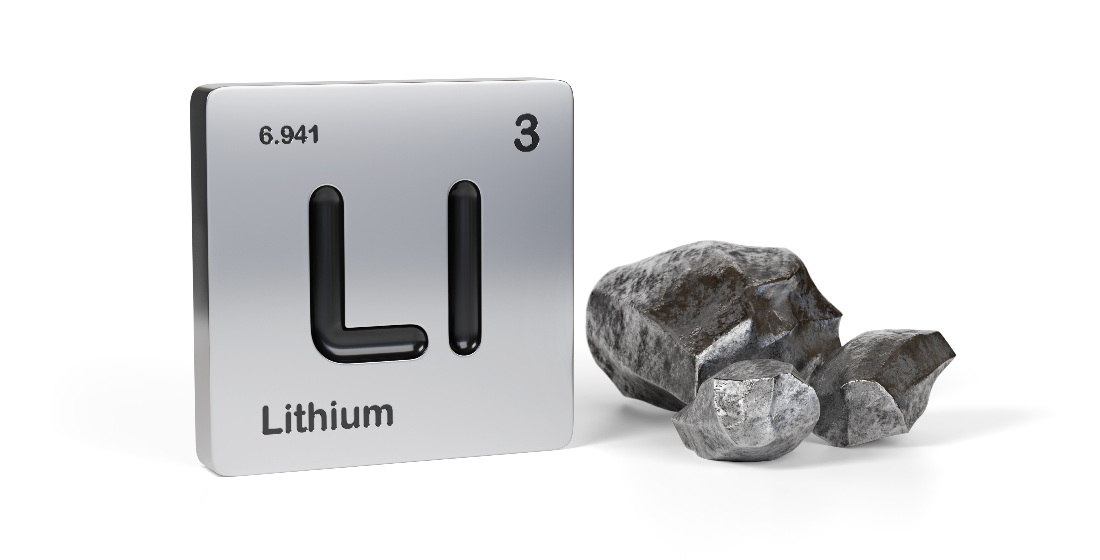IFC’s MCPP mobilisation win
The latest round of IFC’s Managed Co-Lending Portfolio Program (MCPP) has raised a landmark $3.5 billion from 13 credit insurers. Not only has the operation increased funding at a time of increased pressure on capital adequacy ratios, but it has managed to earn the titles “efficient” and “simple” from the private sector – a rare and significant achievement for an MDB.

The SDG financing gap is estimated at $3.9 trillion but only $51.3 billion was mobilised from the private sector in 2020, according to the latest OECD figures, which called the amount “modest and below expectations”. The institution says the biggest challenges to better investment are: high risk perceptions, low returns on investment portfolios, a lack of project pipelines, and a lack of financial innovations in institutions’ portfolios.
The third round of IFC’s Managed Co-Lending Portfolio Program (MCPP) for financial institutions (FIG) has managed to address three out of four of the challenges (leaving out pipelines) and eclipsed its previous record for private mobilisation, raising $3.5 billion from 13 participants. IFC Director of Syndicated Loans and Mobilization, Kevin Njiraini, remarks that the programme has developed from “the pilot stage to success”.
MCPP was launched in 2013. The first round raised $1 billion (2017), the second $2 billion (2020), and on its 10th anniversary MCPP has gone to $3.5 billion, attracting seven newcomers, of whom some made leading commitments, including The Hartford, Swiss Re, AXIS Capital, HDI Global Specialty, Allianz Trade, Sompo International, and SCOR, which joined existing contributors Liberty Specialty Markets, Munich RE, the Tokio Marine Group, AXA XL, Everest, and Aspen.
The investment will enable IFC to lend more than $7 billion of new medium and long-term lending to commercial banks and nonbank financial institutions over the next six years, including MSMEs led by women and addressing climate change.
Sweet and simple
A key component of the programme is its simplicity. It allows institutional investors to passively participate in IFC’s senior lending portfolio, like an index fund, categorised into three sections: sovereign lending, infrastructure projects, and its unfunded credit insurance portfolio to which the MCPP FIG belongs.
When asked what attracted The Hartford to the programme, The Hartford's Global Head of Credit and Political Risks, Jared Kotler says, “the cost of doing business is challenging for any financial institution, so anything where efficiency is improved is definitely going to help us with the risk-return profile”. This has been a purposeful action by IFC: Nijraini says “we need to keep it [the programme] as simple as possible so that we can have more insurers come onto the programme”.
Investors agree the eligibility criteria upfront with IFC and then pledge their capital. As the bank finds new transactions, the unfunded insurance pieces come in and invest alongside. The entire project appraisal process is relegated to IFC. It appears much more resource-efficient than case by case DFI co-lending which can take years of negotiations and hike up transaction fees – “if the actual transactions were done one by one, we can only imagine the cost the participants and borrowers would have to bear”, says Nijraini.
DFIs and MDBs are also famous for their rigorous due diligence processes, but in this case the processes have proven a boon to private sector investment rather than an unwieldy delay. As Kotler states, investors can trust that the investment and ESG homework has been done: “A key reason we partnered with IFC is their rigorous analysis of every single credit risk that they look at – it really aligns with how we look at credit risk as well.”
A marriage of minds
The nature of insurance capital in many ways matches the characteristics of development finance lending. Kotler says both sectors target similar results, particularly with SME support: “Insurance allows businesses to assume the risks they need to enact their business plans and development finance provides the capital that businesses need to grow.” Both sectors are also familiar with patient capital and, as stated above, the benefits of thorough risk evaluation.
As the programme evolves, and targets new financial tools like bonds, there is a sense from IFC of pushing the whole insurance sector with it “into places they otherwise would not have been participating”, says Nijraini. Kotler says: “I think this will expand what the credit insurance industry is holistically willing to do.” He says insurers are working more with MDBs and in turn are growing more comfortable with the longer tenors and larger amounts essential to emerging market lending.
It is particularly good timing for the credit insurance market too which has been showing a growing demand for credit portfolio solutions. However, most credit portfolio solutions have not met the terms and conditions that insurers would need to get comfortable with the portfolio. This is not the case for the IFC MCPP program where key terms and conditions are agreed upfront, saving time for borrowers and investors.
Another benefit which the MCPP offers is being able to expose portfolio diversification to 63 countries with different size deals not only in region but within each country too.
Will more MDBs join the party?
MDBs have been increasingly innovative with risk transfer in a bid to free up more cash for lending. In 2018 AfDB closed the first portfolio synthetic securitisation between a multilateral and private sector investors – Room2Run. AfDB teamed up with the European Commission, Mariner Investment Group, Africa50 and Mizuho International – each playing a part in the creation of a $1 billion synthetic securitisation corresponding to a portfolio of seasoned pan-African credit risk. The deal allowed the AfDB to move the mezzanine part of the risk on a portfolio of around 50 non-sovereign loans off of its balance sheet, thereby freeing up cash to make additional loans.
Since then, IDB Invest has hinted at its own Room2Run transaction in a pilot securitisation of private sector assets. But the transaction has been difficult to get off the ground owing to the complexity: essentially, “it’s hard to do”.
In comparison, the win-win solutions offered by the MCPP are admirably simple, and they aren’t unique to the IFC, although the MDB has positioned itself as a partner to the private sector. The question is whether other MDBs will trial their own co-lending index funds, and Nijraini thinks there is “tremendous scope for MDBs to collaborate with insurance companies in structures that are replicable and scalable”.





